| marc7 travels |
|
One of the great things that happened last year was that I got to discover off-beat destinations with fellow viajeros. Our Instagram travel hub, @viajerongpinoy, gave me the opportunity to travel beyond the usual tourist spots. It had us traveling to towns and destinations with the goal of discovering a new spot to unwind. Ibaan derived its name from the tree “Iba” – a medium sized tree that has round fruits that are used for soup and wine. Early settlers called the place Ibaan because of the abundance of Iba trees in the area. The town is known for two of its main produce – Tamales and Kulambo. Tamales is a local delicacy made from glutinous rice that was powdered and made into a dough and then stuffed with meat. It is a complete meal rolled like a sandwich. On the other hand, “Kulambo” is a local term for mosquito net used in rural areas like a tent to ward off mosquitoes. There was a time that Ibaan was the main supplier of Kulambo in the country, covering 90% of the market, earning the monicker “Kulambo Capital of the Country”. I had the chance to join my fellow viajeros, together with our hometown boy Jernel (IG name: @jernelpatena), in exploring Jernel’s hometown and uncovering its hidden destination and its rural charm. Town Center As we stepped off the bus, I was immediately captivated by the rural charm of Ibaan. It has the same rural set-up like other old towns of the country where the community’s core activity center is focused on the church, the government office, and the public market. Ibaan was a quiet town even on a Sunday where we expect more activities happening. During our visit, most of the activities were really concentrated in the church. Fronting the church was the municipal hall on the right and the market on the right. Ibaan was a cool and laid-back town and I really loved the atmosphere. I guess this is the kind of place that I would like to retire to in the future. One where I can enjoy the day as it slowly drifts by. Simbahan ng Ibaan Completed in 1854, the Saint James the Greater Parish Church is Ibaan’s main central piece. It is located at the heart of the town and the church is a dominant figure in the town’s skyline. The simple exterior of the church is highlighted by six columns and two belfries. The façade looks simple and yet commanding. What made the church stand out for me was the images of saints that stood alongside each other along the perimeters of the church. It was as if the saints were guarding the church. The grand interiors of the church was very remarkable. The cream colored ceilings gave the church a bigger feel in terms of its size. It is as if the church opened up inside. The highlight was the altar with its gold colored retablo highlighted by the image of Saint James. Rhemar’s Tamales Just a couple of minutes of walk from the church is a small store where you can get to taste the famous Ibaan Tamales. The town has a lot of stores that sell Tamales but our host, Jernel, recommends getting it from Rhemar. Tamales is a native delicacy where glutinous rice is molded into a cake and then stuffed with meat. It is a complete meal to boot and I found it really tasty and yummy. It tasted like pork stewed in peanut butter sauce or “kare-kare” in Filipino terms. I recommend that you place your orders ahead of time if you intend to bring it home with you. Lomian sa Barrio You know what is also great with discovery trips? You also get to indulge yourself with gastronomic treats during the trip. As it was also breakfast time for our group, we boarded a jeep bound for Rosario and we asked to be dropped off from Lomian sa Barrio. From the drop-off point along the highway, Lomian sa Barrio is just a couple of meters. Batangas is also known for its Lomi and Lomian sa Barrio is one establishment that can stand by that claim. Lomi is a thick soup that has noodles, meat, and spices that can really feel your tummy. In our case, the Lomi had ground meat, liver, and kikiam. It was really good and was enough for my breakfast serving. The good thing about the Lomi is that you get to add spices and condiments to suit your taste. I guess all of us had our fill during breakfast as seen on the empty bowls after the meal. Dumayaka Falls Amidst the green fields of Ibaan is a waterfall that we were set to discover – Dumakaya Falls. I have seen the pictures and have read that the local government is working on making as the municipality’s iconic image for tourism. Dumakaya Falls is located in the midst of the agricultural fields of Barangay Colait 1. It was originally called “Badong Falls” but was later changed to Dumakaya Falls because of the abundance of Dumakaya trees in the area which locals use in making broom sticks. The water that cascades on its walls come from various water springs. Getting to Dumakaya Falls entails a 30-minute travel by tricycle and a 20-minute hike downhill. Since the falls is not that commercialized, you won’t find throngs of people or ample signs to lead you to the falls. We had to ask locals to find our way to the falls. Unfortunately, Dumakaya Falls was not that impressive when we visited it compared to the pictures that we saw because there was not enough water cascading on its walls. My further exploration upstream saw that the stream bed was a bit dried up as there was not sufficient water running from its source. We visited at the tail-end of the summer and with El Nino hitting our country, spring water was not abundant. In fact, a makeshift irrigation system was made by locals just to control water flow. We just came in at the wrong time. Nevertheless, the rich vegetation in the area and the rock faces where water should cascade was good enough for a couple of photography shots. It was the forest cover that we enjoyed and the cool climate that it offered. The walls that was molded by running waters can be seen up close and it was amazing. It was like steps or terraces from afar. Although we were not able to see the beauty of Dumakaya’s cascading waters, it did show us nature’s artwork through its walls that was molded by water running on it. Maybe in another opportunity, we will be able to see how these gushing waters do their touch. Himamawo Spring One of Ibaan’s hidden attraction is the Himamawo Spring – a fresh water spring that is found within the rain forest of Malainin. This natural spring has been a source of potable water and irrigation water for locals since 1908. The water flows into two outlets – the small and big spring that provides the steady flow of spring water from the nearby hills. We did enjoy the cool waters of Himamawo Spring. Breakwaters were built along the sides to collect the flowing waters and, once filled, forms a pool where one can take a relaxing dip. The sound of flowing waters and the lush vegetation complete the experience. Further downstream is a small waterfall. Its waters gush from a nearby stream running adjacent to the makeshift pools. Its height was almost similar to that of Dumakaya Falls and the only difference is the amount of water flowing on its walls. Along the banks of the stream are campers and locals who were also enjoying the forest canopy and the cool waters against the summer heat. I guess, the spot is a popular spot for locals and off-beat travelers for their quick weekend escape. Post Travel Notes Our hometown trip to Ibaan was an amazing experience. It gave us a look of the simple life of a small Philippine town while discovering its interesting spots. Travel is not about great destinations but it is about discovering what makes the destination interesting. Sadly, we have also seen a first-hand experience on how climate change has affected the landscape of Ibaan with the trickling waters of Dumakaya Falls. The community and the local government of Ibaan needs to work on how to address this issue and preserving their natural attractions. As travelers, we also have the same obligation.
0 Comments
Leave a Reply. |
Marc del Rosario
I believe in education, entrepreneurship, and caring for the environment. Archives
June 2024
|
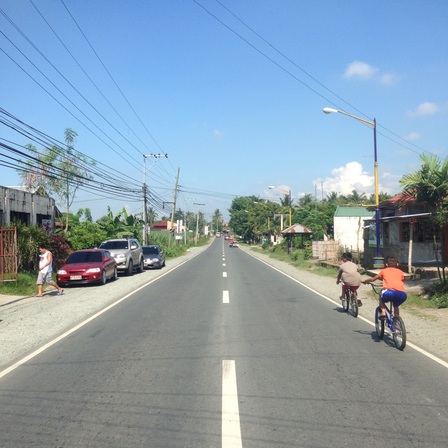
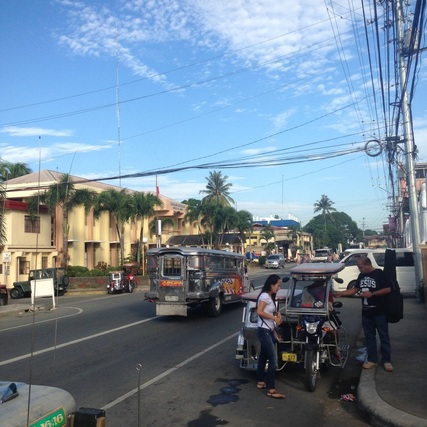
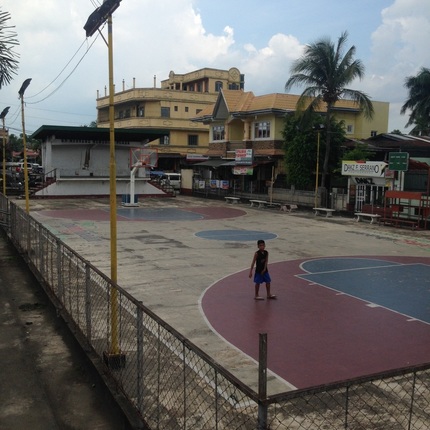
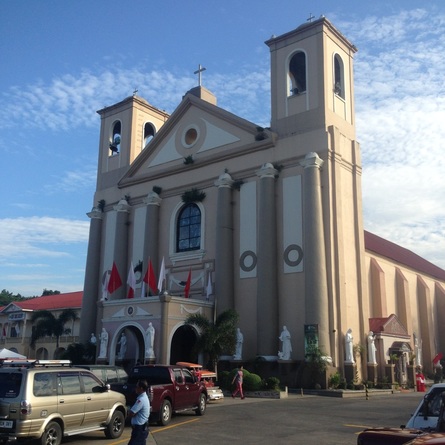
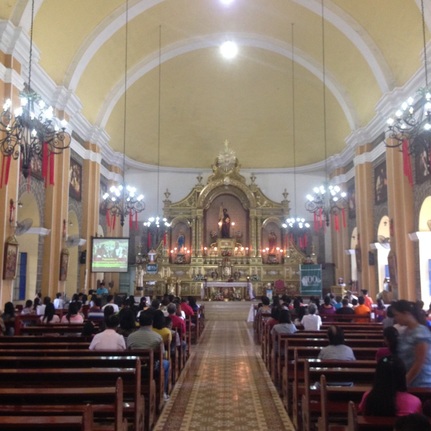

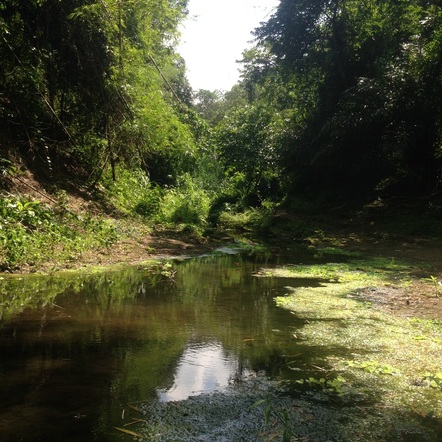
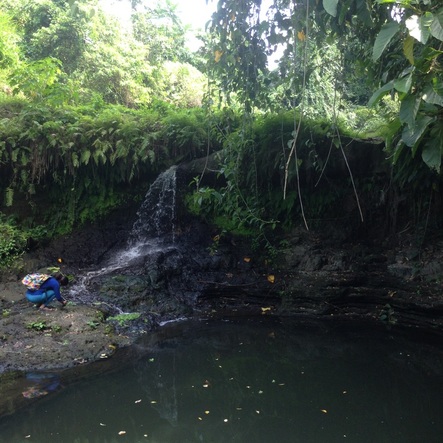

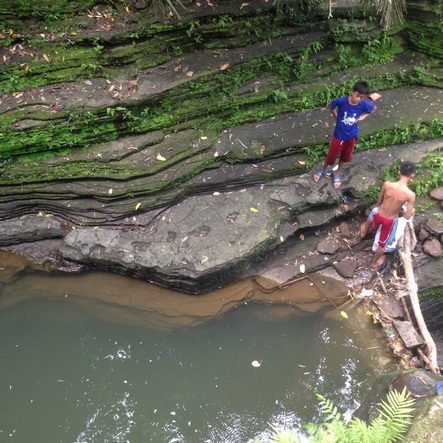
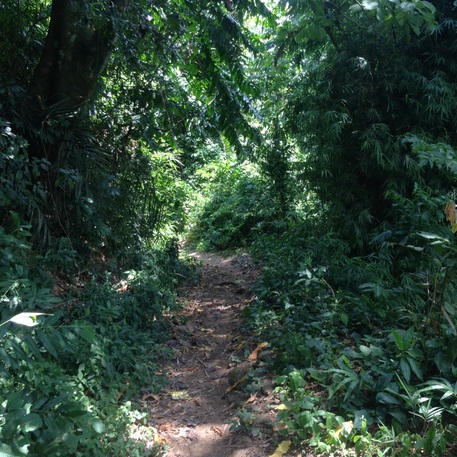
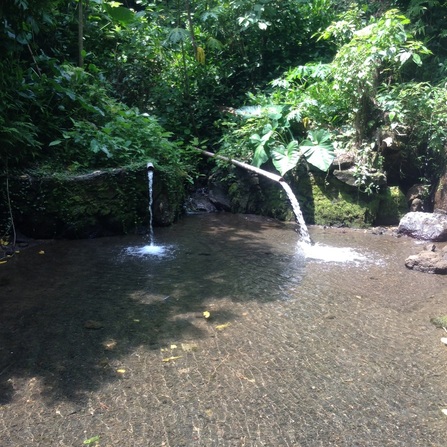
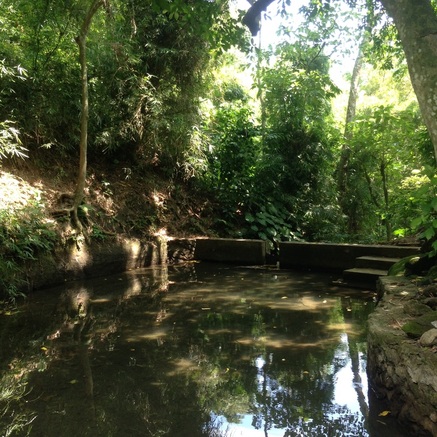
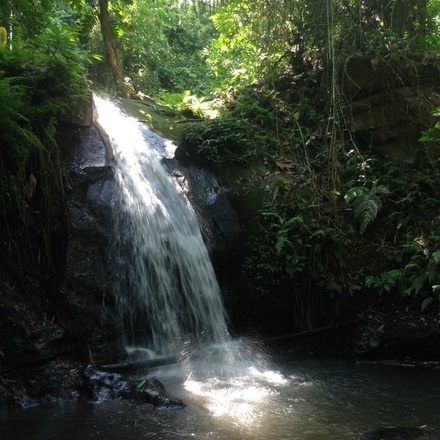
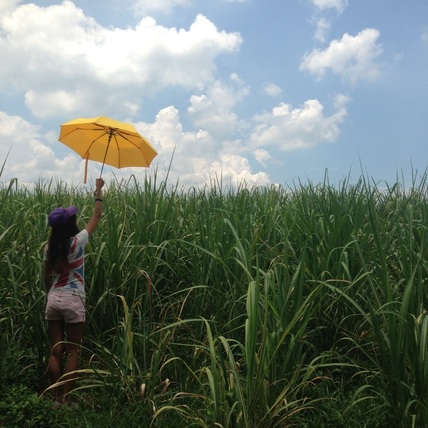

 RSS Feed
RSS Feed